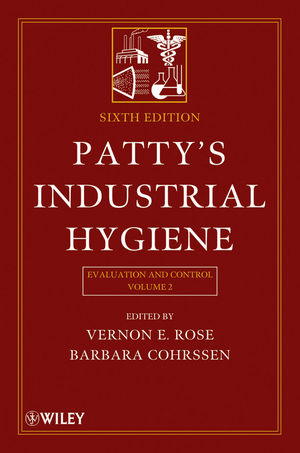Questions linger about platforms suspended from cranes, derricks standard

Source: Getty Images
The American Society of Safety Professionals (ASSP) has received two key questions since the publication of ANSI/ASSP A10.28-2018, Safety Requirements for Work Platforms Suspended from Cranes or Derricks, which applies to platforms that companies suspend from the load lines of cranes or derricks.
Platforms are suspended in this way so that people can perform work at elevations that cannot be reached in a safe manner by other types of scaffolds or aerial work platforms; or to transport personnel to elevations where other means of access are unsafe or impractical because of design or site conditions.
The ASSP has issued answers to the following questions:
1) Does this standard conflict with/duplicate the ANSI/ASME B30 crane standards? No it does not. ANSI/ASSP A10.28 has existed for many years and deals with the work platform technical issue and not cranes. The subgroup spent a significant amount during the revision phase reviewing the technical content to prevent conflict and duplication. The goal is to harmonize with existing standards. Another A10 standard deals with derricks, ANSI/ASSP A10.31-2013, Safety Requirements, Definitions and Specifications for Digger Derricks.
2) Does the revised A10.28 standard address “critical lifting plans”?
Yes it does, specifically in Section 1.3, which we've excerpted below:
Section 1.3: Critical Lift Plan: A critical lift plan identifying the following must be prepared in advance and signed by the qualified person.
Section 1.3.1: A critical lift plan shall include the following:
- Make, model and serial number of crane or derrick.
- Configuration of crane or derrick including boom length, jib, counterweight, wire rope allowable line pull and capacities at maximum expected radius.
- Ground conditions and blocking required for stability, proximity to power lines and other overhead hazards.
- Platform weight and capacity, number of occupants and approximate weight of occupants and tools.
- Reason for using suspended personnel platform rather than conventional means.
- Special considerations such as tag lines, radio communication, weather, equipment or workers over or under platform operations, underground or overhead utilities.
- Names of qualified persons and competent persons in charge of the lift, including: crane operator(s), signal person(s), rigger(s) and platform occupant(s), at a minimum.
- A copy of the critical lift plan shall be maintained on the job site.
For more information, contact the ASSP's standards team.
Looking for a reprint of this article?
From high-res PDFs to custom plaques, order your copy today!






